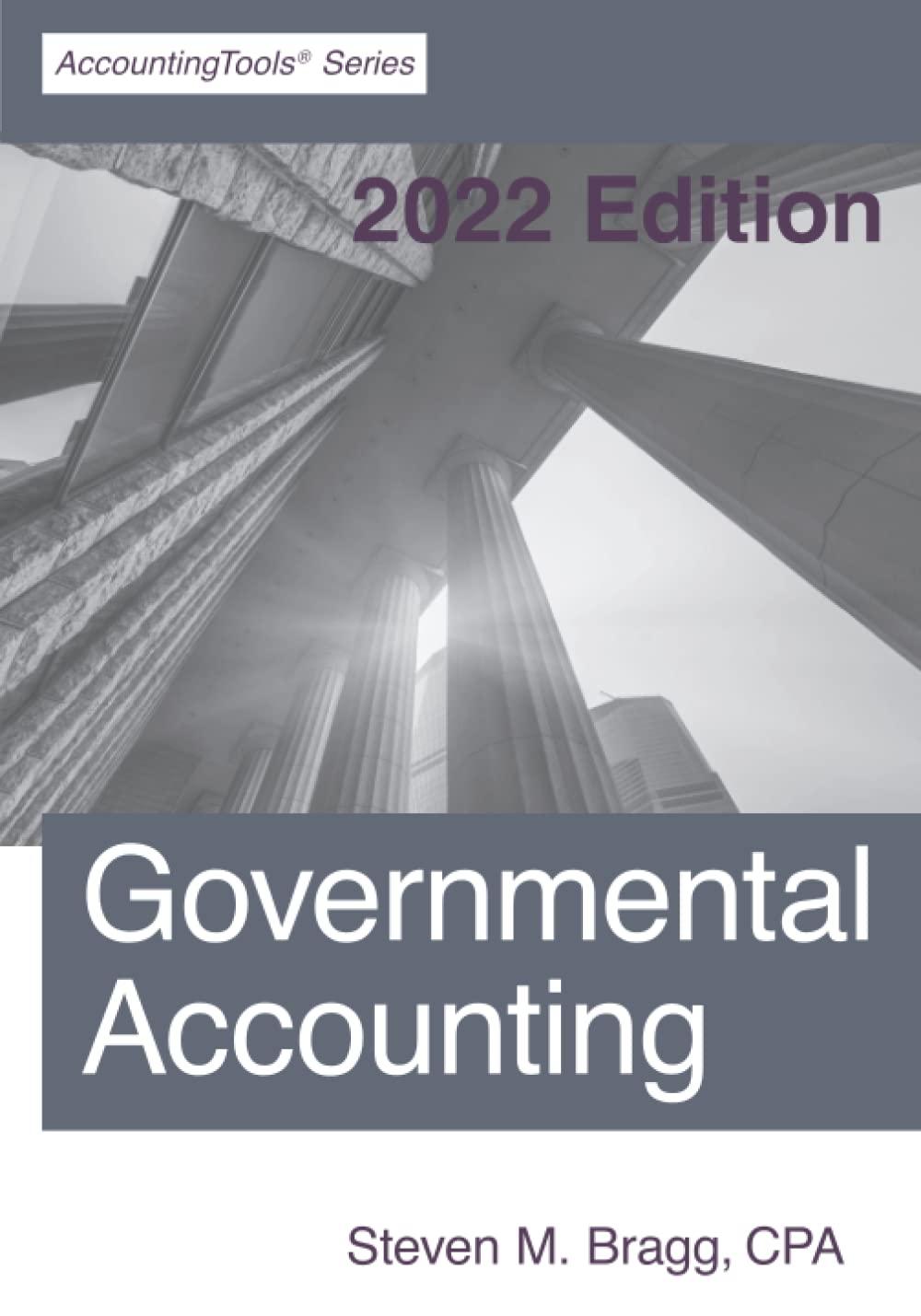Question
For each situation that follows, identify the foundational principle that best describes it. (a) Allocates expenses to revenues in the proper period. PeriodicityFull disclosureFair valueMonetary
For each situation that follows, identify the foundational principle that best describes it.
| (a) | Allocates expenses to revenues in the proper period. | PeriodicityFull disclosureFair valueMonetary unitControlEconomic entityGoing concernHistorical costMatchingRevenue recognition and realization | ||
| (b) | Indicates that market value changes after the purchase are not recorded in the accounts unless impairment exists. (Do not use the revenue recognition principle.) | Fair valueHistorical costRevenue recognition and realizationMonetary unitMatchingGoing concernControlEconomic entityPeriodicityFull disclosure | ||
| (c) | Ensures that all relevant financial information is reported. | Revenue recognition and realizationMonetary unitEconomic entityControlFair valueFull disclosureGoing concernMatchingHistorical costPeriodicity | ||
| (d) | Is why plant assets are not reported at their liquidation value. (Do not use the historical cost principle.) | Historical costPeriodicityMatchingRevenue recognition and realizationFull disclosureControlFair valueMonetary unitGoing concernEconomic entity | ||
| (e) | Related to the economic entity principle, defines the entities that should be consolidated in the financial statements. | ControlEconomic entityMatchingFull disclosurePeriodicityMonetary unitHistorical costFair valueRevenue recognition and realizationGoing concern | ||
| (f) | Indicates that personal and business record-keeping should be separately maintained. | ControlFair valueGoing concernRevenue recognition and realizationFull disclosureMatchingHistorical costPeriodicityEconomic entityMonetary unit | ||
| (g) | Separates financial information into time periods for reporting purposes. | ControlFull disclosureMonetary unitGoing concernMatchingFair valuePeriodicityHistorical costEconomic entityRevenue recognition and realization | ||
| (h) | Permits the use of market valuation in certain specific situations. | Historical costMatchingPeriodicityGoing concernRevenue recognition and realizationControlFull disclosureMonetary unitFair valueEconomic entity | ||
| (i) | Requires passing of risks and rewards, measurability, and collectibility before recording the transaction. | Economic entityMatchingGoing concernControlHistorical costMonetary unitPeriodicityFull disclosureFair valueRevenue recognition and realization | ||
| (j) | Assumes that the dollar is the measuring unit for reporting financial performance. |
|
Step by Step Solution
There are 3 Steps involved in it
Step: 1

Get Instant Access to Expert-Tailored Solutions
See step-by-step solutions with expert insights and AI powered tools for academic success
Step: 2

Step: 3

Ace Your Homework with AI
Get the answers you need in no time with our AI-driven, step-by-step assistance
Get Started


